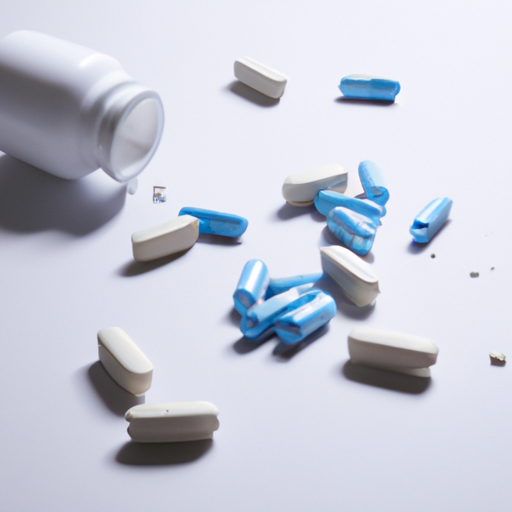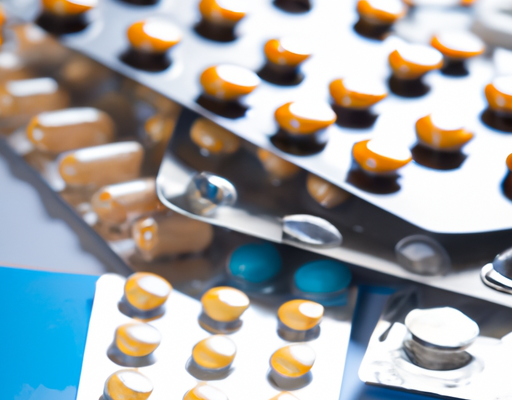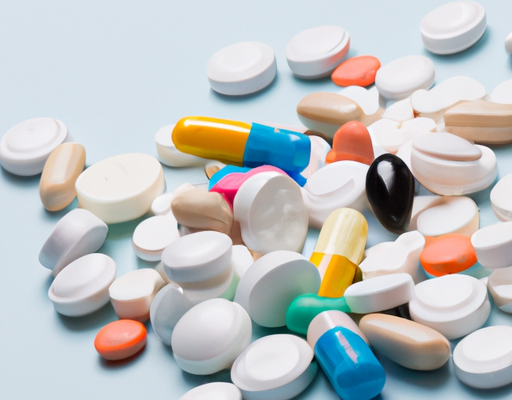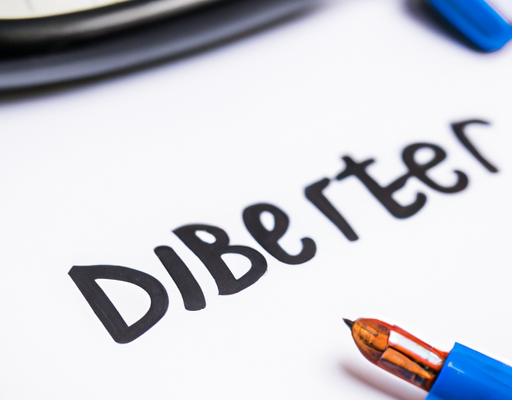Causes of Pimple
Pimples are a common skin condition that affect adults and adolescents alike. Acne is the medical term for pimples and is caused by a combination of hormonal changes, bacteria, and sebum (oil) in the skin. Though not a serious health issue, pimples can be distressing and cause psychological distress in some individuals. They can range from mild, barely visible whiteheads to large, inflamed cysts. Inflamed cysts can be very tender and painful. The primary causes of pimples are hormonal changes, bacteria that thrives on the skin’s sebum, dead skin cells and clogged pores, and inflammation. Hormonal changes during puberty and the menstrual cycle, as well as medications and drugs, can trigger acne outbreaks. Bacteria or dirt on the skin can also cause acne. Additionally, stress, diet, and genetics all play a role in the development of pimples. While there is no “cure” for acne, there are a variety of treatments available to help clear up existing breakouts and prevent new ones from forming.
Signs and Symptoms
Having pimples or acne can be a very frustrating experience, especially if you don’t know what it is or how to treat it. Acne is a skin condition that can occur on both the face and body, and is caused by a combination of inflammation, bacteria, and blocked pores. Signs and symptoms of acne can include small red bumps, whiteheads, blackheads, tender bumps, and painful lesions. Acne can also cause significant emotional distress due to its visible and often embarrassing nature. If you are experiencing any of these signs and symptoms, it is best to speak to your healthcare provider to find an effective treatment plan.
How to Treat Pimples
Pimples can be frustrating and embarrassing, but they can be treated. The key to treating pimples is to start early. If you see a pimple forming, use a gentle cleanser and a spot treatment like tea tree oil, benzoyl peroxide, or salicylic acid to reduce inflammation and dry up excess oil. To keep skin healthy and pimple-free, use a gentle cleanser and moisturizer every day, and always avoid picking or popping pimples. If your pimples persist, talk to your healthcare provider about prescription treatments that may work to reduce your symptoms. With the right combination of prevention and treatment, you can keep your skin clear and healthy.
Conclusion
In conclusion, a pimple can sometimes be a symptom of acne, but it’s not always the case. While it can be painful and unflattering, pimples can be a natural part of the skin’s cycle, and sometimes don’t require any treatment. Keeping the skin clean and hydrated with the right products can help to reduce the risk of acne and pimples. If you’re still experiencing skin issues, consult a dermatologist for advice and treatment.





No Comments